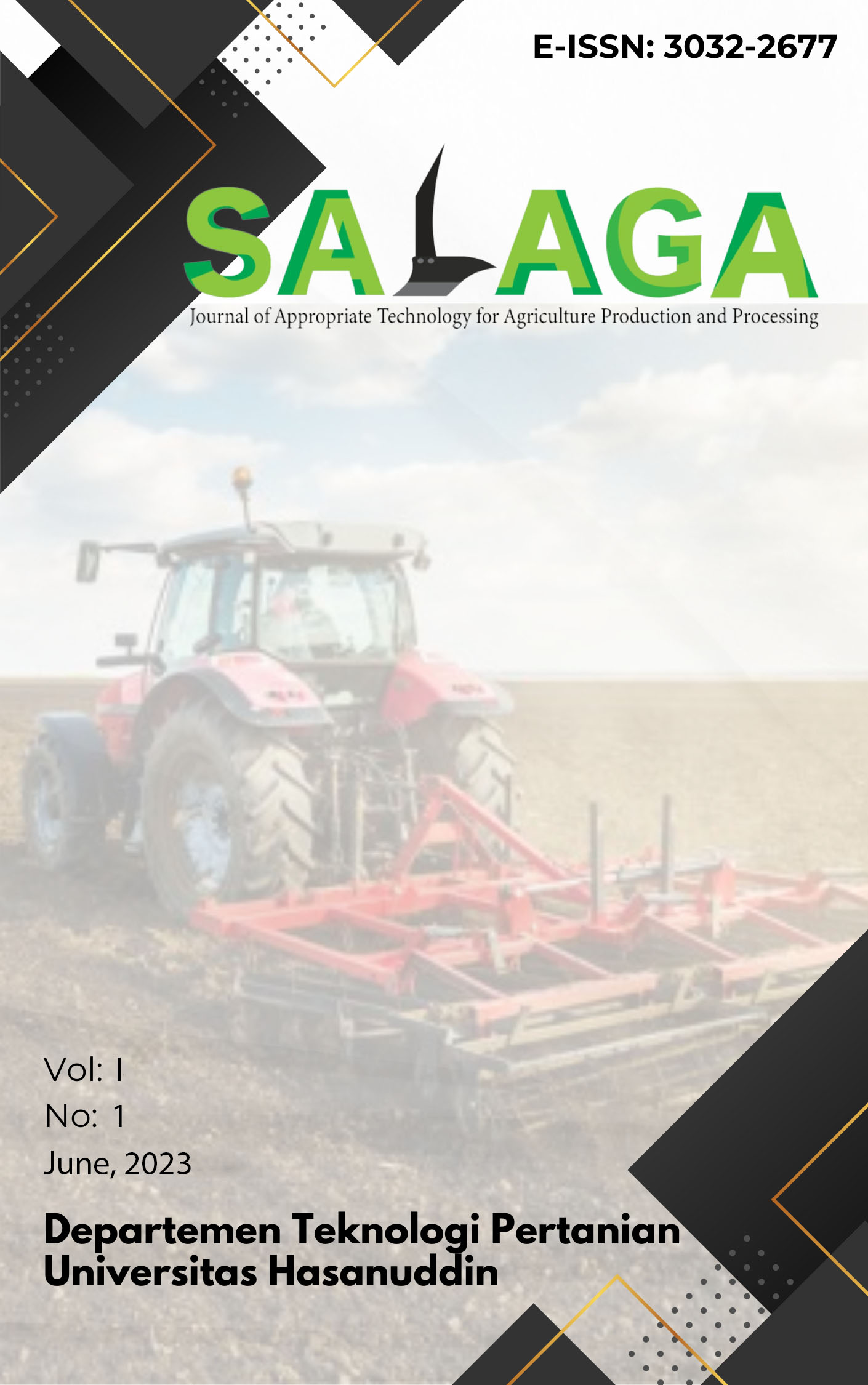Evaluating the Efficacy of Misting for Microclimate Regulation in Greenhouse Environments: A Case Study on Packcoy (Bracissa Rapaa Subsp. Chinensis)
Article Sidebar
Disasters for plantjs usually occur due to the incompatibility of the environmental temperature with the temperature limit for plant growth, one example is the pakcoy plant which requires exposure to direct light with the air temperature not being too hot. Evaporative cooling is one of the methods to reduce temperature and increase relative humiditygreenhouse to create optimal climatic conditions for plants. One way of evaporative cooling is done by using a toolmisting (atomizer). This study aims to determine the effectiveness of usemisting in microclimate control (temperature and humidity). Greenhouse on the growth of pakcoy plants. This study used the method of direct observation which was carried out during the planting period of pakcoy plants. Based on the results obtained, the lowest average temperature was in the 30 minutes misting of 27–30 °C, at misting 20 minutes 27–31 °C, meanwhile misting for 10 minutes 27–31 °C and withoutmisting ranges from 32–38 °C. Air humidity on misting 30 and 20 minutes between 81–89 % and treatment misting 10 minutes ranged from 82–89%, while at without misting ranging from 63–77%. The use of misting as an effective control of temperature and humidity produces an average air temperature and relative humidity for the growth of pakcoy plants, namely a temperature of 26-31 °C and a humidity of 82-89%. The misting treatment with an interval of 20 minutes produced the highest number of leaves, namely 22 leaves and the misting treatment with an interval of 10 minutes produced the plants with the highest plant height and weight. The use of misting ignition time intervals has a significant effect on temperature but does not have a significant effect on humidity.
Sitti Nur Faridah
Universitas Hasanuddin
Indonesia

